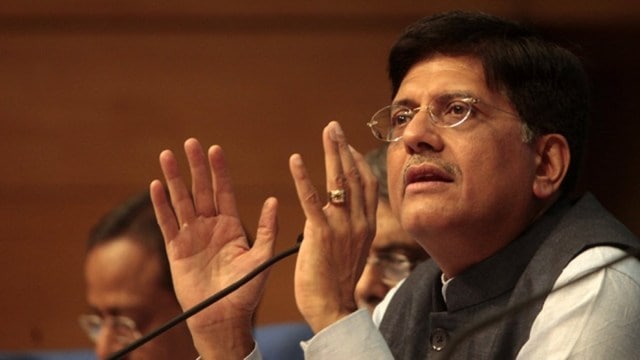
Amid escalating tensions between the European Union (EU) and supplier countries at the World Trade Organization (WTO) regarding the Brussels’ Carbon Border Adjustment Mechanism (CBAM), Indian Commerce Minister Piyush Goyal stated on Friday that India will respond to such unjust taxes.
India is developing its own carbon tax mechanism to penalize imports from developed countries for their historical carbon emissions that have significantly contributed to global warming.
Goyal, speaking at an industry event, expressed confidence in India’s ability to address the CBAM issue and find solutions. He emphasized that India will retaliate against unfair taxes, citing previous successful resolutions of WTO disputes with the US.
The EU’s carbon tax, meant to impose tariffs on emissions in goods produced outside Europe, is expected to impact Indian metal exports valued at over $8 billion annually starting in 2026.
A transitional period for CBAM began on October 1, 2023, and will conclude on December 31, 2025, requiring quarterly emissions reporting. Actual taxes will be enforced from 2026 onwards.
The EU plans to expand the list of items subject to taxes under CBAM, including iron, steel, aluminum, cement, fertilizers, electricity, and hydrogen.
Ajay Srivastava, former Indian Trade Service officer and co-founder of Global Trade Research Initiative (GTRI), noted that the CBAM tax, ranging from 20% to 35%, is significantly higher than the EU’s average import tariff of 2.2% on manufactured products, potentially nullifying zero duties under WTO and FTAs.
India is collaborating with South Africa and other developing nations to challenge the Carbon Border Adjustment Mechanism at the WTO.
Goyal highlighted India’s economic resilience, citing foreign exchange reserves sufficient to cover imports for the next five to six years. Despite a slowdown in exports and increasing imports, India’s foreign exchange reserves are considered stable.
Goyal also mentioned that even with India’s current trade deficit, the foreign exchange reserves are substantial enough to sustain the economy and foreign currency valuation for the next five to six years, thanks to inflows from foreign remittances and investments.






